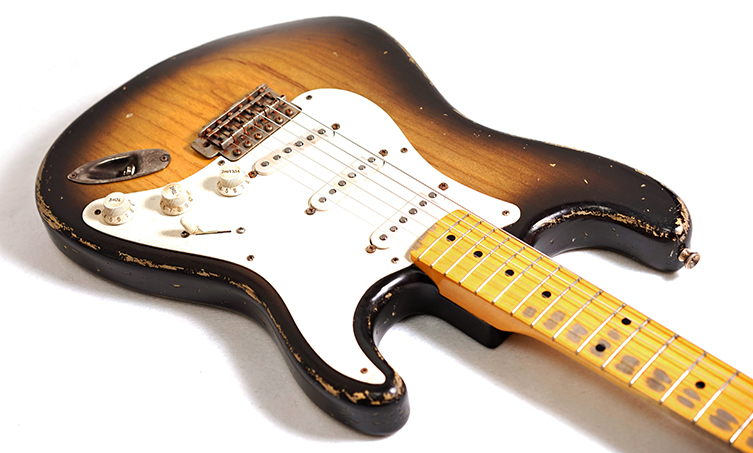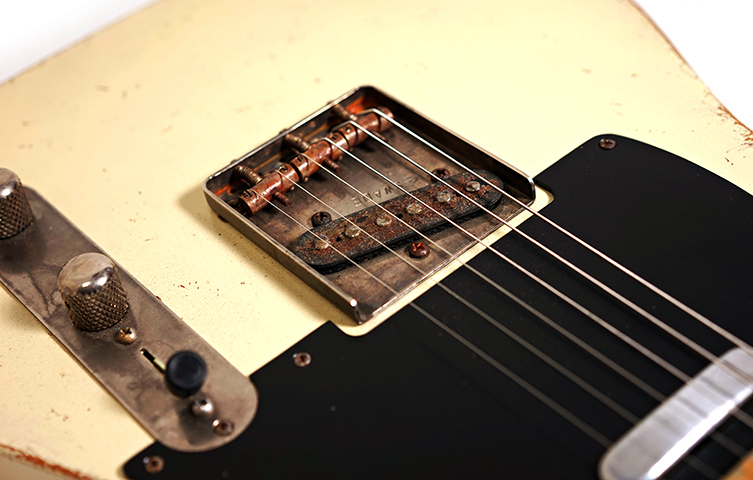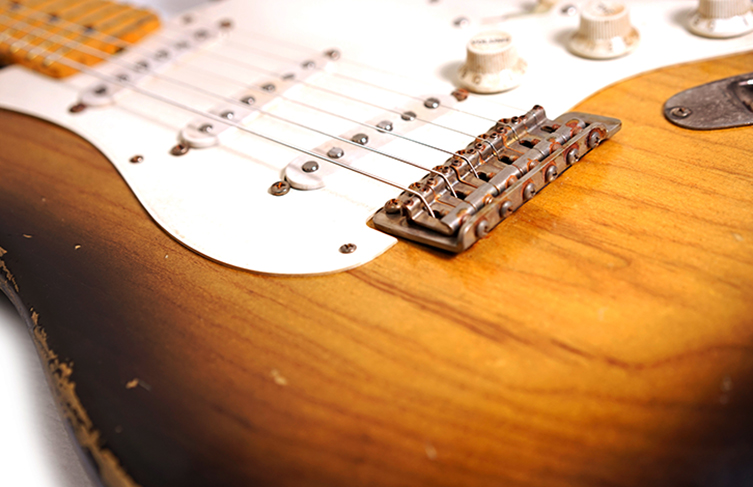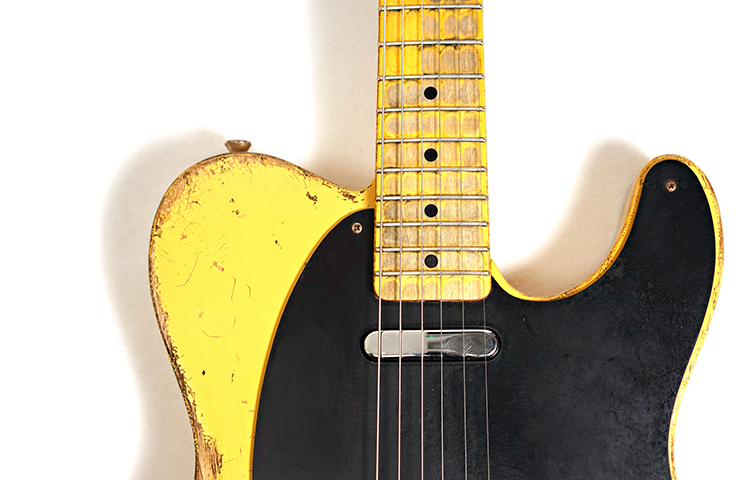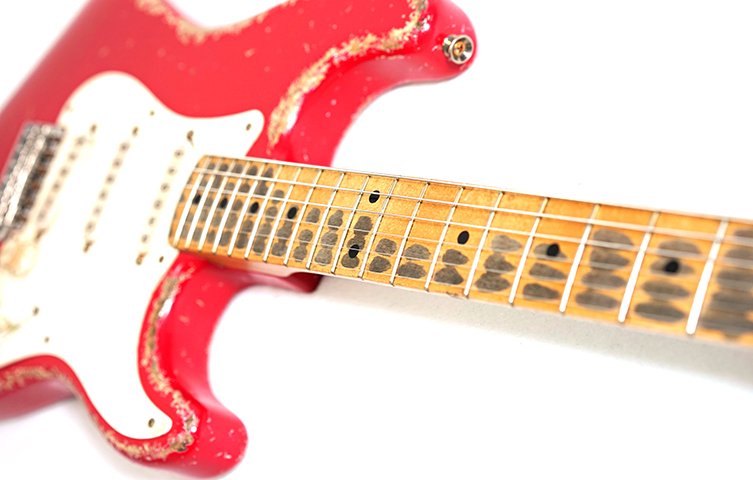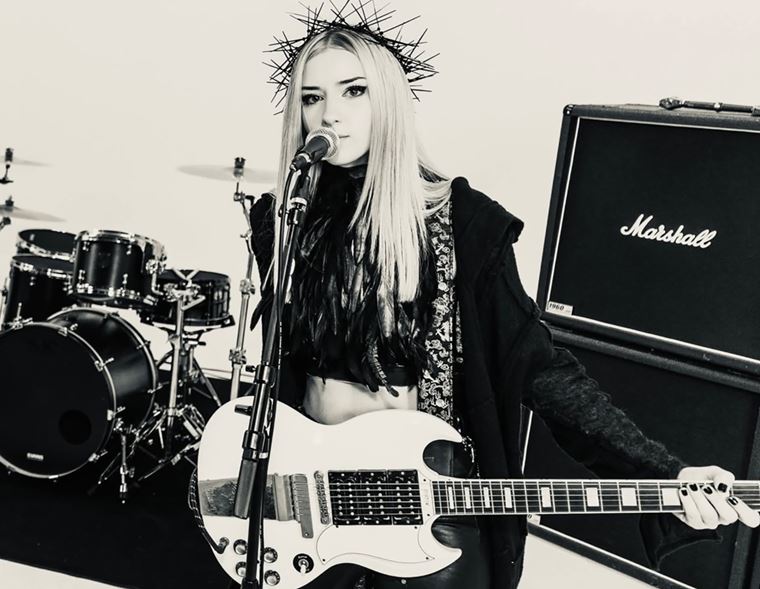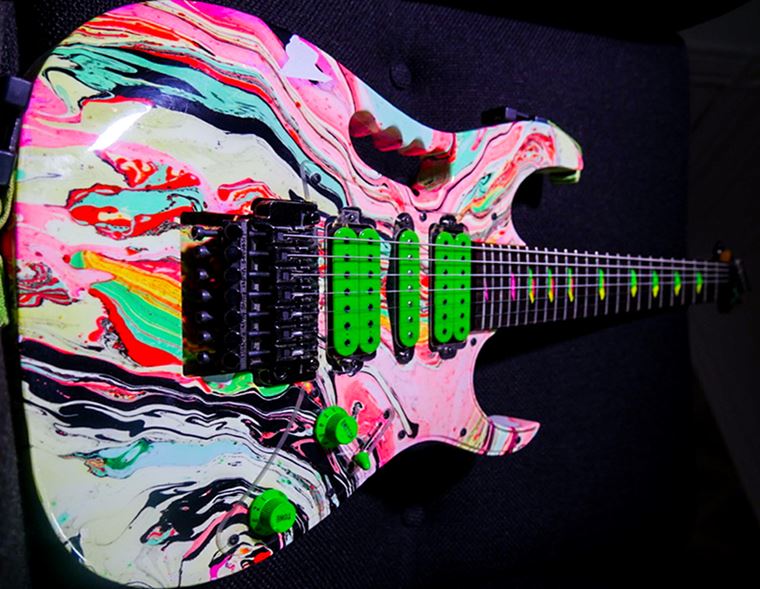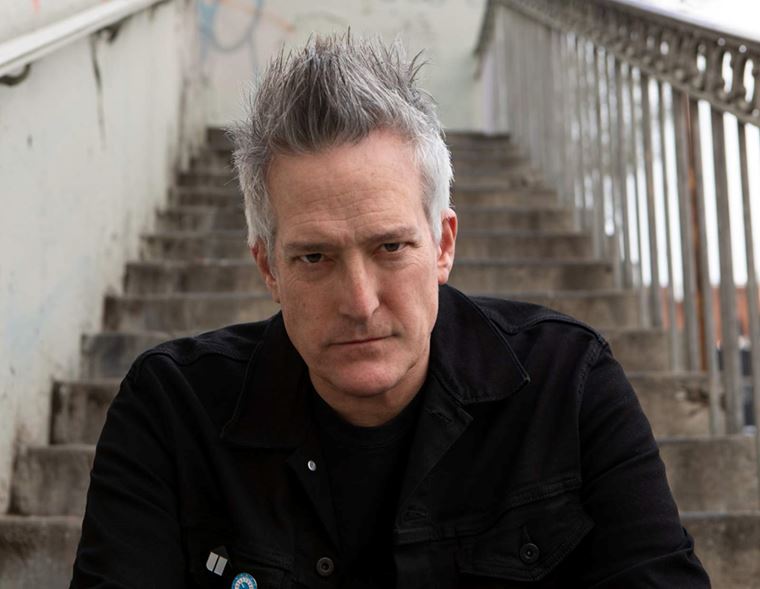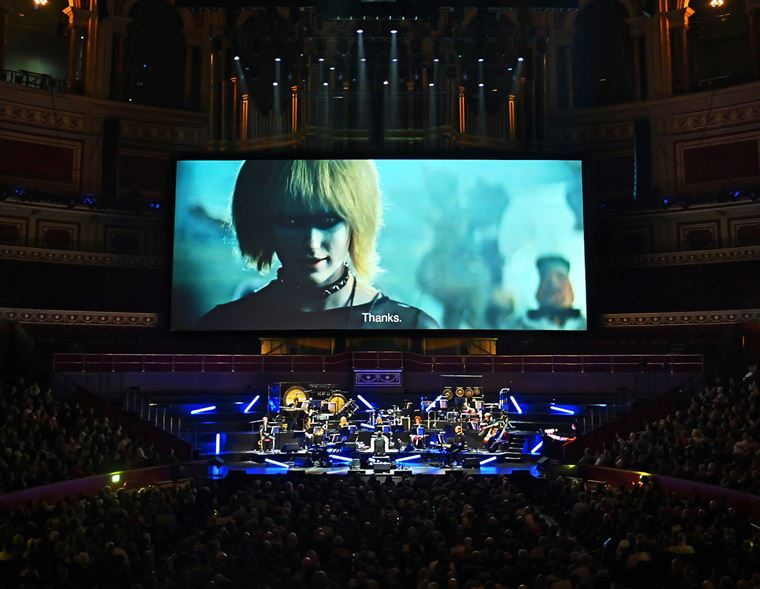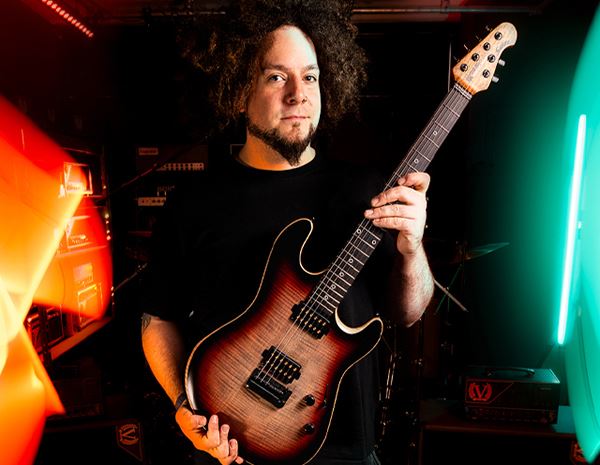The guitarguitar Interview: Kelton Swade Guitars
Published on 19 October 2018
Kelton Swade is a master luthier whose creations have made their way into the hands of such famous faces as Keith Urban and Robben Ford to name only a few of his devoted followers. Kelton's bespoke, one-off creations go beyond terms like 'reissue' or 'relic' and into the realm of true vintage replicas. Kelton devotes hundreds man-hours to each guitar: each instrument is made by him alone and the quality and passion displayed with the end result is clear.
Kelton is also an extremely nice guy and happy to chat about his beautiful creations! Since we recently took delivery of a batch of four magnificent Kelton Swade guitars, we figured it was high time to get the scoop from the man himself!
Kelton, hello and thank you for talking to us! Now, for those who are new to what you do: what is your background in terms of music? What was the path that led you to arrive at Kelton Swade guitars?
That is a rather long story that started 30 years ago. So I do not put anyone to sleep, I will give you the short version of it. I first was introduced to the guitar as an instrument when someone bought me one as a birthday gift. For whatever reason, she saw within me musical talent. I thought she was crazy because I never thought about playing the guitar any more than I thought about asking a cow out on a date. You have to understand, I never touched a guitar in my life and truly did not even know how to hold one! From there, a fascination with the instrument just grew and grew and as I picked it up, handled it, played it.
As I learned more about it, I became so intrigued with it, always thinking to myself what an amazing piece of art a guitar was that gives birth to another piece of art called music! I taught myself how to play a variety of styles – from rockabilly to the blues to country – whatever I liked, I tried to teach myself. Of course, I will always be the student and the guitar will be the master but what a beautiful dance we both enjoy with each other every day and many times throughout the day.
To this day I only play what I like – what moves me. It is important to set free what is in your heart through your hands when it comes to a guitar. And that’s how I make my guitars – they are like a blank canvas that I proceed to express the art that I have in my heart, in the crafting of them as musical paintbrushes for other artists to paint with. I see art as a river, in which you never step into the same river twice. And so it is with my guitars, they are all standalone instruments, for my fellow musicians to paint their music with.
When choosing tone-woods for bodies and necks, do you find the quality out there to be consistent?
That is an interesting question because it really touches upon many points. Some companies do not approach the crafting of a guitar as art like I do. They have an assembly line mentality and thus no love is infused into the instrument as it comes into existence. I like to believe that if you have love in your heart for what you create, people will know and feel this as they see and touch my guitars. I think that the wood is the foundation of a guitar and thus a guitar is only as good as its foundation. It is critical that a great amount of consideration be placed into choosing the wood.
Without giving away any proprietary information, it is not just about choosing the right wood. It is also about what you do to that wood once you have it - I like to teach a tree that it is no longer a tree but a guitar. I always have at the forefront of my thinking that a fellow guitarist is out there somewhere, waiting to share with the world what is in their soul. In order for me to assist them in doing that, it is critical that I start with a strong foundation – the right wood.
Are your specs for fingerboard radius, neck profile etc strictly authentic to vintage instruments?
Fundamentally speaking, 7.25 and 9.5 radius were common on the vintage necks of the guitars from the 1950’s. There are of course various carves from a “U” shape to a “V” shape to a “C” shape that were common. I usually use the 9.5 radius with 6105 frets in order to improve on the vintage specs but on occasion will make a 7.25 radius if someone wants one.
In terms of distressing, how far do you go? You distress work is extremely realistic: is a lot of that about taking lots of short passes at a guitar? What about the hardware?
Another wonderful question. I approach the guitar like a sculptor does stone. I create stories in my mind and imagine what kind of guitarist would have played this guitar? What styles would he play? Where did he play this guitar – for example – was he a 300 pound guy, playing guitar in a band in a Louisiana honky tonk? I create these stories in my mind so that I can then project them onto the instrument. I also have thousands of pictures in my archives of vintage instruments that I study and refresh my memory with in order to keep me within the parameters of reality. Guitarists tell their stories on the fretboard. Their hands and finger shapes are all different. Therefore, I have many, many different artistic ways to create these different fretboard expressions. I like to think that I start the ageing process and then let the new owner finish it with their playing.
After 25 years of doing this, people of come to trust me and know that when they ask me to create for them a work of art, that I have the freedom to do just that – create art for them. I have made some guitars with minimalistic distressing, with a slight kiss of age, while others that were so nasty that they look like you need to burn your clothes after you played them! It is a multifaceted, multilayer process create an instrument that looks convincingly aged. I am very restricted in what I can reveal but I can say that some of the greatest guitarists in the world play my instruments on stage all the time and the general public and experts have no clue that they were watching a new guitar in action!
Are you using nitrocellulose for the finish?
Yes! That is all I use and nothing else. Many companies will take shortcuts and use vinyl as a sealer and then spray nitrocellulose lacquer over it – but that is a shortcut that is not acceptable to my process. Vinyl deadens the tonality of wood that wants to sing and so that is why I do not use it. More time and effort is required using 100% nitrocellulose lacquer but it is critical in order to bring out the true tone of the wood.
What type of pickup models do you tend to use with your AVRT and AVRS guitars?
I use whatever is right for the particular guitar that I am making at the moment. Sometimes they are my pickups and sometimes they are someone else’s. The guitar’s pickups are like shoes for your feet, I do not have a “one size fits all” approach. I really want to extract all the tonal properties I can out of each and every guitar so it is important to that I approach every guitar as a master built, one-off instrument that stands alone as an individual work of art.
Are custom options like Jumbo frets, custom colours etc an option?
I have to limit the customization elements so that I can keep up with the demand for guitars. People can choose a variety of vintage colours, 7.25 and 9.5 radius necks, distress levels, etc.
The beautiful guitars on your site are replicas of classics from the 50s and 60s. We are now entering an age where 80s ‘gunslinging’ guitars are becoming vintage and we are seeing distressed replicas of these guitars from some companies. Is this an area you would be interested in? Humbuckers and locking tremolos?
Not likely because my heart is currently with the 50’s and 60’s. It is important as an artist that I follow my heart and not the money. What is in your heart finds its way to your hands and so I will limit myself – for now – with what I am doing. There is an enormous demand for the guitars from the 50’s and 60’s – I experience this demand on a daily basis!
What type of guitarist do you find goes for a Kelton Swade guitar?
Professional musicians and those who demand quality. People come to me because they want basically want a vintage instrument but without the vintage price tag. Until my guitars, no one provided that. That is why my guitars are not called relic guitars. Relic guitars may look old on the outside but that is all they are. It is important that not just the outside of the guitar looks old but that the inside of the guitar functions as an old guitar as well. Musicians need a guitar that has life in it, and that is what I do, put life into my guitars.
What sets Kelton Swade guitars apart from other boutique US custom guitar builders?
I hinted to the difference in my last answer but let me extend that a tad. Quality over quantity is what separates my guitars from everyone else’s. An assembly line instrument or a parts guitar can never compare to a truly handmade guitar. The attention to detail that goes into each and every guitar is so time-consuming that it is not cost effective for the assembly line guitar companies or other boutique builders to do. There is a place for assembly line guitars so I am not knocking them but my guitars are qualitatively at the top and are in an entirely separate category from everyone else.
I have pioneered so many different proprietary processes from the actual ageing of the wood, to the distressing techniques, to so many things that are poured into each and every guitar that no one does. Each guitar is approached as an individual work of art – no cookie-cutter approach in my shop! Legendary guitarists come to me all the time because no one else can do what I do, that is what they tell me all the time! Even Fender bought several of my guitars! Many of the boutique builders have come to me privately for advice over the years, I won’t mention names but you would probably know who they were if I did.
I have no doubt of that at all! Kelton, thank you very much for talking with us, it's been a blast!

